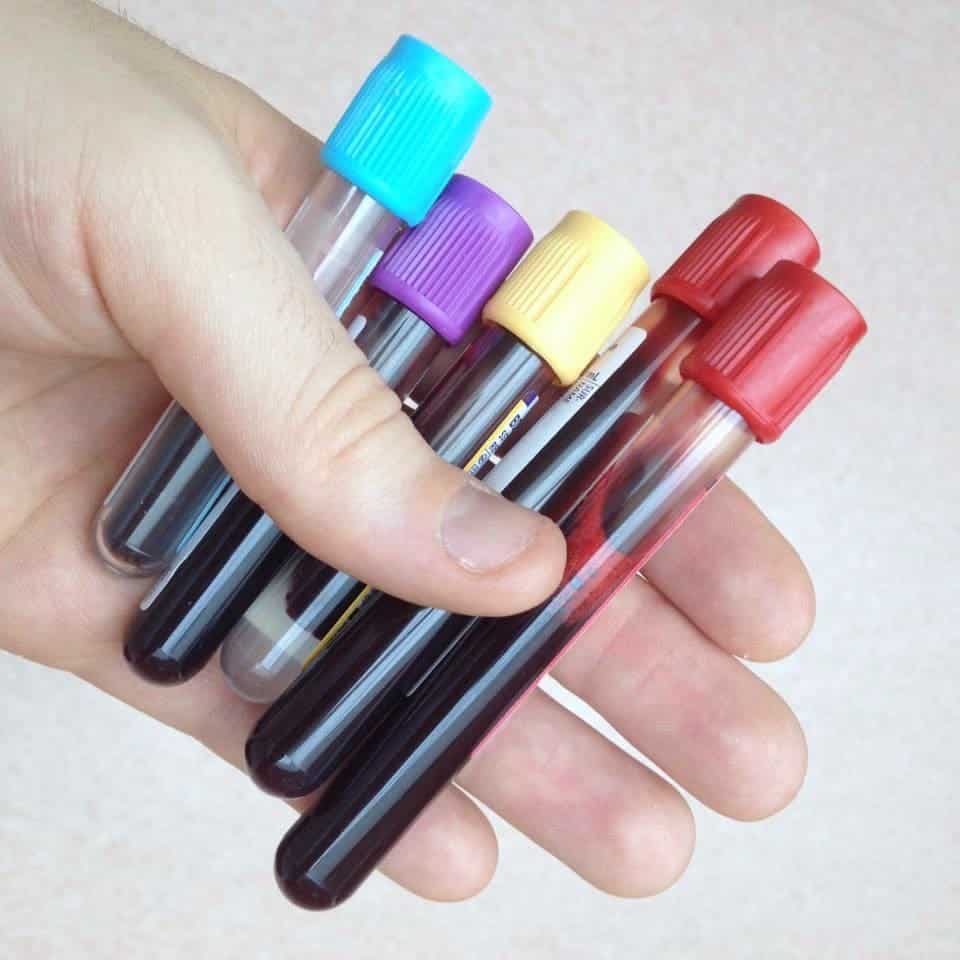A simple test could revolutionize how we detect cancer and save millions of lives in the process. Johns Hopkins researchers say this could be a game changer.

‘Enormously exciting’
Nowadays, many cancers are treatable — if we can find a way to detect them early on. The problem is, symptoms are often subtle or absent, and can usually be accounted for by a number of other conditions. Meanwhile, invasive cancer tests are unpleasant and can be quite expensive. Being able to detect cancer from a vial of blood would change the game entirely.
The idea isn’t new. Last year, Purdue scientists revealed a promising study focusing on a series of proteins that could effectively signpost the presence of cancer. A different Johns Hopkins team managed to identify mutated DNA in a blood sample as a marker of early-stage cancer.
This time, researchers went on a slightly different path: they wanted to identify eight cancer proteins as well as 16 cancer-related genetic mutations. They drew blood samples from 1,005 people with previously diagnosed ovarian, liver, stomach, pancreatic, esophageal, colorectal, lung, or breast cancer. They also looked at 812 people without cancer diagnoses. The results, researchers say, were ‘enormously exciting.’ Dr. Cristian Tomasetti, the corresponding author of the study, told the BBC:
“This field of early detection is critical, and the results are very exciting. I think this can have an enormous impact on cancer mortality.”
All in all, the team managed to identify cancer up to 98 percent of the time and had only a 1 percent false positive rate.
Cheap and available
To make things even better, the procedure is cheap enough to be administered during a routine physical, making it potentially accessible to the general population.
“The idea is this test would make its way into the public and we could set up screening centers,” says Nickolas Papadopoulos, one of the Johns Hopkins researchers behind the test. “That’s why it has to be cheap and noninvasive.”
The cost of CancerSEEK, as the test has been called, is less than $500 per patient — which is around the same price as a colonoscopy. The price will also likely go down significantly as mass production enters the scene.
“I am incredibly excited by this new paper,” says Joshua Schiffman, an oncologist and cancer researcher at the Huntsman Cancer Center at the University of Utah who was not involved in the study. “This is the paper that’s going to set the field in motion.”
However, not everything is ideal. For instance, CancerSEEK was only successful about 40 percent of the time in patients with stage 1 cancers (the earliest stage). This means that it misses cancers more often than it finds them, which could give patients false reassurances — and no one wants that.
Schiffman says that this might end up doing more harm than good in some cases. He says that patients could tell themselves:
“Even though I have this weird stomach pain that won’t go away, I know it’s not cancer. I’m not going to go to the doctor because the CancerSEEK test told me it was negative,” Schiffman says. “And that would be a terrible thing.”
Another problem is the fact that even if it does detect cancer, the test doesn’t always reveal where the cancer is (ovarian cancer was best detected, with a 98 percent rate of success, but other types had much lower rates). This means people will still have to undergo additional tests. Furthermore, it doesn’t say how advanced the cancer is.
Still, there are reasons to be optimistic. While there is still a great deal of uncertainty, this is the first step in a long journey — and the first step is always the hardest. More work is needed but so far, results are truly promising.
The team is now embarking on a large-scale study involving over 10,000 healthy subjects, to better assess the success rate of CancerSEEK.
Journal Reference: Joshua D. Cohen et al. Detection and localization of surgically resectable cancers with a multi-analyte blood test. DOI: 10.1126/science.aar3247


